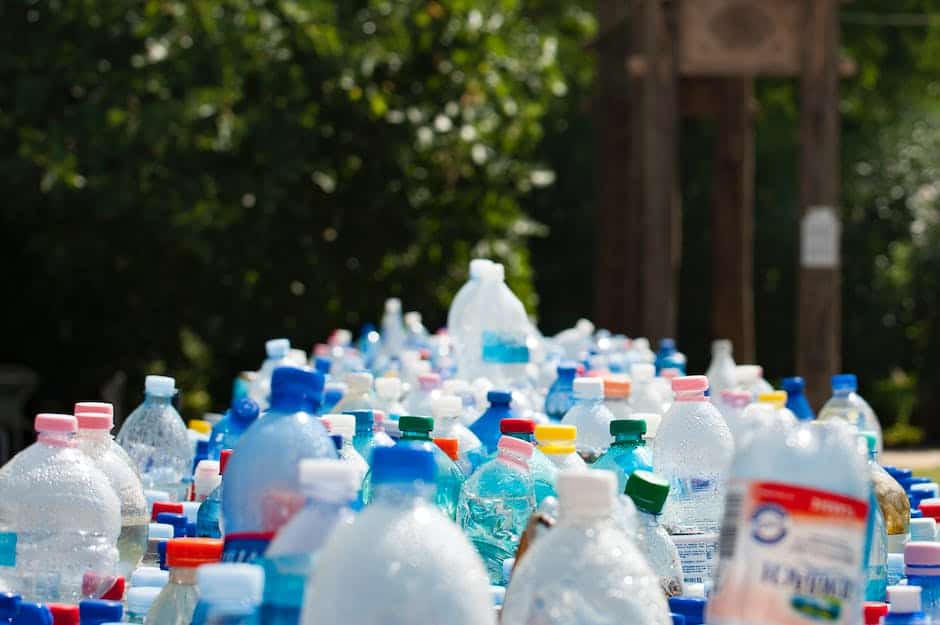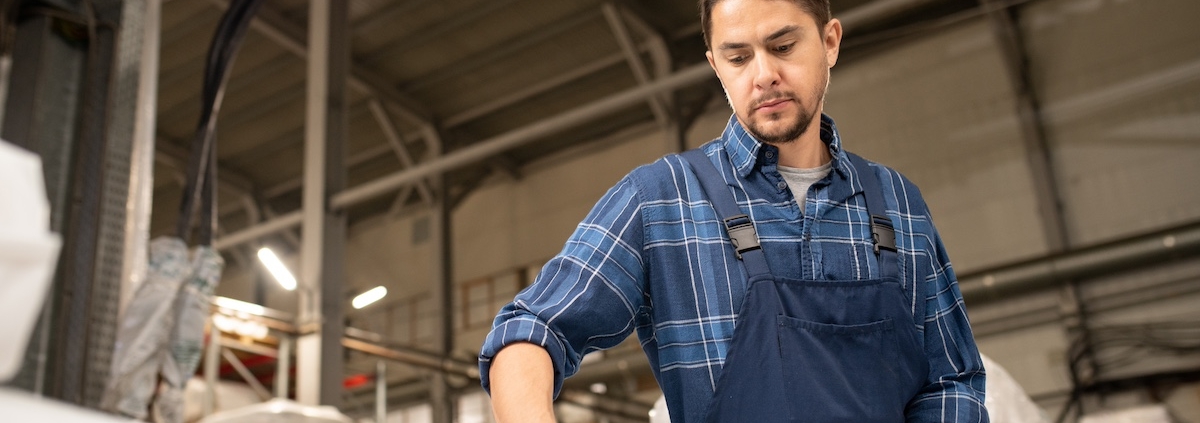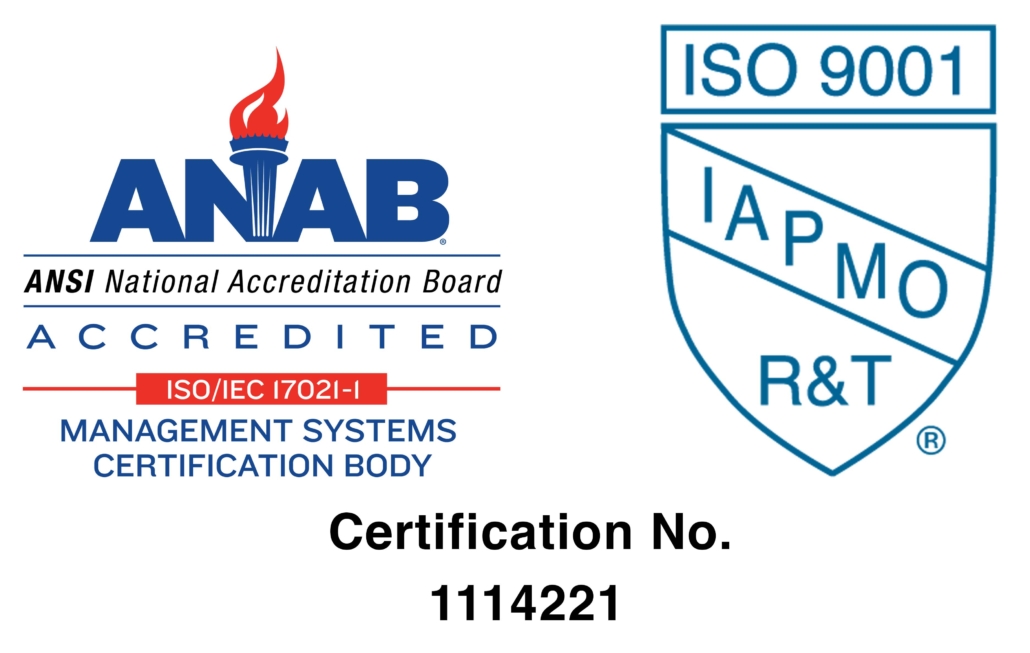High-density polyethylene (HDPE), a thermoplastic polymer derived from petroleum, plays an indispensable role in our daily lives, boasting a multitude of uses across various sectors such as packaging, construction, automotive, and more.
Yet, the question arises – what happens to all the HDPE waste that our society generates? How should we deal with it to minimize its environmental impact and maximize its utility?
We delve into these matters, uncovering the mechanisms of HDPE recycling, the benefits it confers on our environment and economy, the challenges it encounters, and the prospects presented by this pivotal process.
Understanding High-Density Polyethylene (HDPE)
High-density polyethylene, commonly known as HDPE, is a thermoplastic polymer produced from the monomer ethylene, one of the most diversely utilized materials in the world of plastics. Its widespread usage can be primarily attributed to two key factors: an impressive span of beneficial attributes and the readiness of its manufacturing process.
Recognized for its high tensile strength and relatively higher operational temperature range, HDPE stands out in its category. Its resistance to impact, warpage, and chemicals, combined with excellent moisture resistance and low coefficient friction, sets it apart.
High-density polyethylene, impermeable to bacteria, microbes and mold, epitomizes durability and reliability, making it a favorite in many industrial applications.
Incredible Versatility
HDPE’s versatility enables it to find extensive usage across a plethora of applications. A significant beneficiary of HDPE’s attributes is the packaging industry. Everything from milk jugs, detergent bottles, to freezer bags, all exemplify the use of HDPE. An echo of its chemical-resistant nature, HDPE prevents moisture from reaching the product inside, thus extending its shelf-life.
Weather Resistant
Next, its ability to withstand various weather conditions lends HDPE a pivotal role in the construction industry. Offering solutions in the form of geomembranes for landfill covers and protective linings for commodities in storage, HDPE has cemented its place in the architectural arena.
Moreover, HDPE’s resilience can be seen in the production of tough and long-lasting pipes supplying water, gas, and sewage. Its strong yet lightweight characteristics also contribute to its suitability for various pipe applications.
Another field cashing in on HDPE’s remarkable properties includes transportation. Its high strength-to-weight ratios allow economically efficient fuel storage in automotive applications and contribute to creating durable components for the aeronautical industry.
Indeed, HDPE’s impact does not end with these genres alone. Its applications extend into furniture, agriculture, recreational items, and even the world of medicine – with surgical devices and artificial joints consisting of this versatile polymer.
In conclusion, the inherent qualities of high-density polyethylene facilitate a wide array of applications, making this polymer an integral part of modern life. The intersection of its advantageous qualities with the needs of numerous industries results in a continuum of innovative applications, illustrating the truly ubiquitous nature of HDPE.
The Process of HDPE Recycling
Understanding the mechanisms of HDPE recycling necessitates delving into the sequential stages of this process, starting from collection and segregation to washing and granulation, finally culminating in the formation of new HDPE products. Each stage is integral in determining the efficacy and sustainability of the entire recycling mechanism.
HDPE Collection
HDPE recycling initiates with the collection of post-consumer HDPE materials, such as milk jugs and detergent bottles. Subsequent segregation ensures that only HDPE items are processed, reducing contamination and guaranteeing the production of high-quality recycled HDPE.
Washing & Sorting
After collection and segregation, HDPE items undergo a washing process to eliminate dirt, debris, and non-HDPE materials.
This stage deploys proprietary technologies that use advanced algorithms to separate materials based on density, employing centrifugal force to automatically segregate HDPE from contaminants. Consequently, this process contributes significantly to the effectiveness and reproducibility of HDPE recycling.
Pelletization
Once cleaned, HDPE items undergo further processing in granulation machines, which randomize the plastic into small pieces or pellets. Granulation enhances the surface area of HDPE, making it conducive for further processing and remolding into various products.
Cutting-edge granulation technology ensures precision in this process, contributing to the consistent size and shape of the granules, which in turn, facilitates optimal melting in the extrusion phase.
Extrusion
The granulated HDPE is then subjected to thermal treatment in the extruder, where it melts into a viscous fluid. This melted plastic goes through a die to be molded into end-use shapes or products. The extrusion process is highly versatile and can produce a wide variety of shapes and sizes, a versatility leveraged by industries ranging from packaging to construction, and beyond.
Indubitably, the technologies employed in HDPE recycling play a pivotal role in enabling such a comprehensive process. Advanced segregation and washing technologies, precision granulation equipment, and versatile extrusion machines work harmoniously to deliver high-quality recycled HDPE.
In sum, the process of HDPE recycling is characterized by a rigorous, technology-driven sequential system that transforms post-consumer HDPE items into valuable resources. In an era of pressing environmental challenges, such recycling mechanisms are more than just industry practices—they are instrumental in driving sustainable development and fostering environmental stewardship.

Benefits of HDPE Recycling
Moving forward in the discussion of high-density polyethylene (HDPE), emphasis must be placed on the numerous advantages linked to the recycling of this vital material. Environmental protection as well as economic enhancement stand as potent pillars of benefits derived from the recycling process.
In the discourse of sustainability and conservation, a dialogue concerning waste management is essential. HDPE, with its extensive array of applications, results in a considerable proportion of the waste material generated globally. Rather than contributing to landfill heaps, the recycling of HDPE proposes an ecological solution.
HDPE’s inherent properties like high tensile strength and chemical resilience persevere through the recycling processes, enabling it to be reused without degrading its quality significantly. This significantly reduces the demand for producing new plastic, which in turn decreases the extraction of fossil fuels, a non-renewable resource heavily implicated in the production of plastics including HDPE.
Environmental Benefits
Furthermore, recycling has profound benefits on the environmental aspect of water conservation as the production of new HDPE consumes more water compared to recycling. Additionally, recycled HDPE reduces greenhouse gas emissions which contribute to global warming.
On an economic level, recycling HDPE is a profitable pursuit. It consumes less energy in comparison to the production of virgin HDPE, reducing operational costs for manufacturers.
The reduction of waste disposal costs for cities and states should not be overlooked either. A thriving recycling industry also generates employment opportunities, which can be a vital economic boost for local communities.
The advancements in technology tend to bring a level of convenience and efficiency to the HDPE recycling process. Innovations like automated segregation and advanced washing technologies increase the efficacy of HDPE recycling, lessen the environmental impact, and produce high-quality recycled HDPE. In addition, these technologies can reduce the need for manual labor, further cutting down operational costs.
Furthermore, due to HDPE’s recyclability, recycled pellets of HDPE can be repurposed into a vast variety of products such as piping, plastic lumbers, and playground equipment. The development of new products from recycled HDPE not only reduces the extraction of raw materials but also opens new avenues for industries to thrive, substantiating the circular economic model.
HDPE recycling stands as the epitome of an effective symbiosis between the betterment of our environment and economic prosperity. An investment into the industry should not simply be viewed as a financial move but as a commitment to a sustainable future.
A firm grounding in the principles of recycling and the responsible use of resources like HDPE can pave the way for innovations that drive both environmental stewardship and robust economic development. The future of sustainability certainly involves the recycling of HDPE, its associated technologies, and its expanded applicability.
Challenges and Future Prospects of HDPE Recycling
The Problems Posed by High-Density Polyethylene Recycling
Despite the numerous benefits alluded to earlier on, high-density polyethylene (HDPE) recycling is not without its impediments. Inadequate infrastructures for the collection and segregation of HDPE waste often result in low recovery rates. In addition, the presence of foreign substances such as adhesive labels and residues can make the recycling process challenging and degrade the quality of the recycled HDPE.
Resins contaminating the HDPE waste stream is another pressing issue. Certain resins are not compatible with HDPE, and their presence can compromise the integrity of recycled HDPE. Furthermore, certain flexible packaging designs integrate non-recyclable layers, which frustrate the recycling efforts.
Not forgetting the specter of plastic pollution, it has been reported that only a fraction of HDPE waste is recycled, a large portion still ends up in landfills, incinerators, or worse, natural environments. This underlines the urgency of enhancing our capabilities and ramping up efforts in HDPE recycling.
The Future of HDPE Recycling
Looking ahead, advancements in technology and evolving societal attitudes toward environmental consciousness hold promise for improving and expanding HDPE recycling. The advent of intelligent sorting technologies, for instance, computer-vision systems and spectrophotometers, enhances the efficiency and quality of sorting processes, thus improving the recovery rate.
Additional prospects lie in the field of chemical recycling technologies. Rather than simply melting and reshaping the plastic, these technologies break down polymers into their constituent monomers, which can then be repolymerized into new plastic. This has the potential to revolutionize HDPE recycling, as it offers a solution to the problem of resin contamination and degradation of physical properties.
Consumer education efforts are also critical for increasing recovery rates. By educating consumers on the significance of clean recycling streams and proper disposal methods, one can expect a more successful and effective recycling process.
Revamping regulatory frameworks can also catalyze progress. Policymakers could enforce regulations requiring a certain percentage of plastic products to be derived from recycled content. This would incentivize producers to incorporate more recycled HDPE in their products, hence promoting a circular economy.
In conclusion, while challenges persist in the domain of HDPE recycling, the future, if armed with technological advancements, policy revamps and educated consumers, looks promising. Endeavors spearheaded by committed academics, scientists, industrialists, policymakers and consumers alike will undoubtedly continue to improve the recycling prospects and elevate the actuality of a circular economy.

HDPE Recycling: Final Thoughts
HDPE recycling is indeed a complex and challenging process, yet one like no other in its capacity to conserve our natural resources, reduce landfill waste, create jobs, and inject life into a circular economy.
Despite the array of hurdles it faces, from contamination to technical and regulatory issues, the future holds the promise of continual advancements in the HDPE recycling field. With every challenge, comes an opportunity – an opportunity to innovate, improve, and contribute to the creation of a sustainable, waste-free world.




